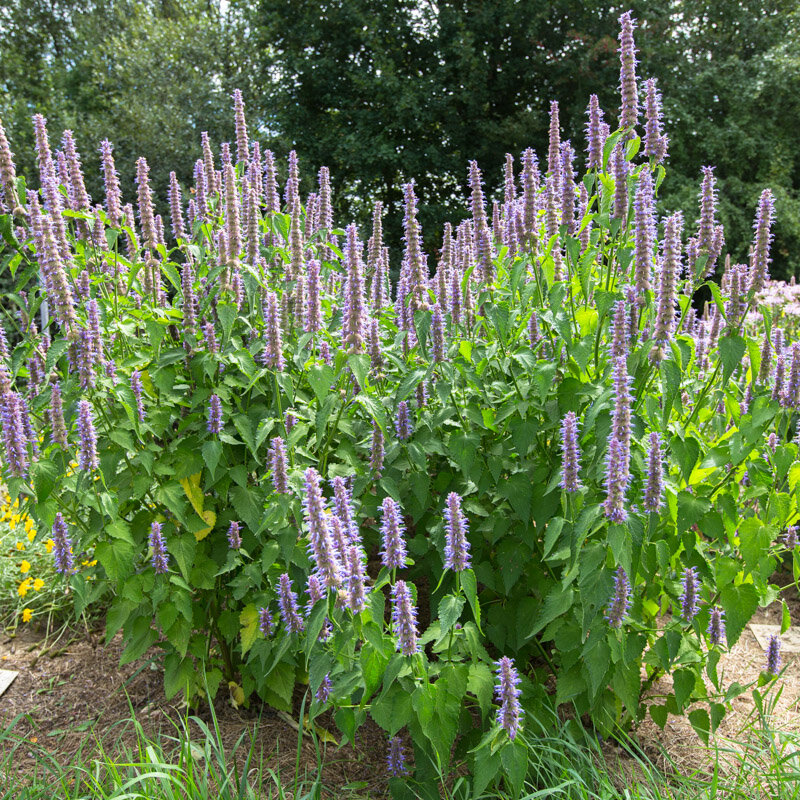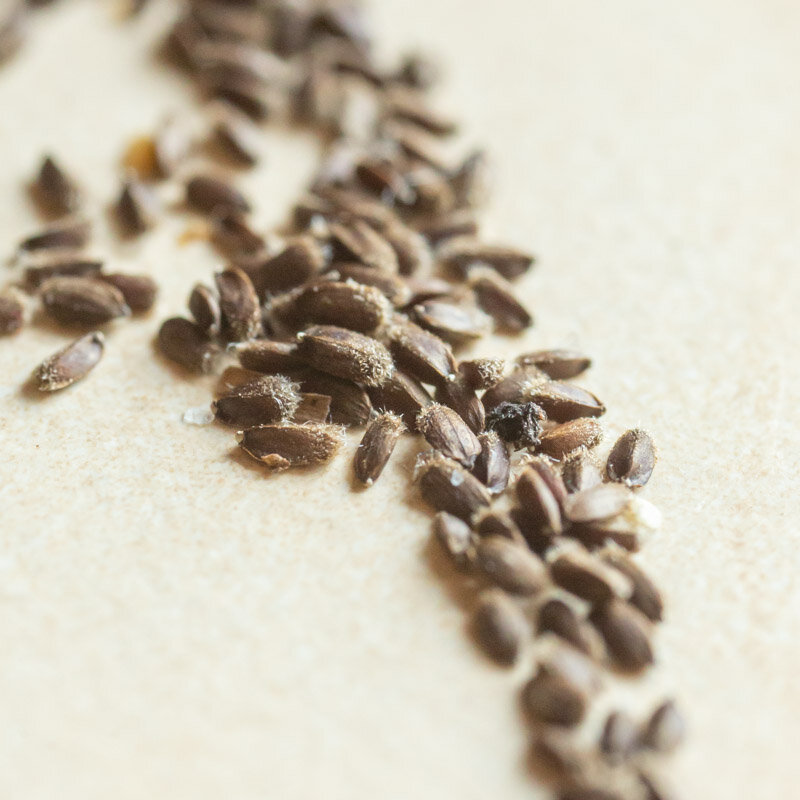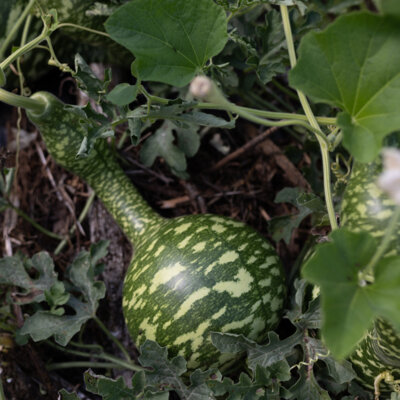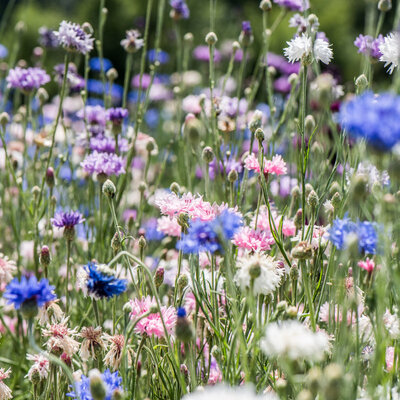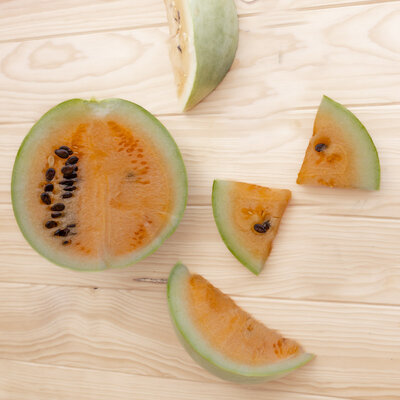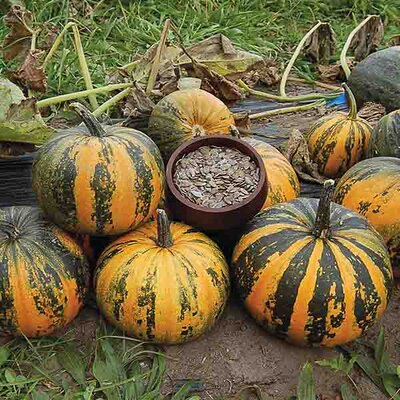Purple Giant Hyssop - Agastach
This hardy perennial produces abundant bright-green foliage and a multitude of upright stems bearing beautiful spikes of mauve flowers, which are particularly melliferous. Its fragrance of licorice and aniseed is perfect for enhancing any recipe.
It is also one of the 50 most essential plants in traditional Chinese pharmacopoeia, and is used to treat gastric problems, diarrhea, nausea, vomiting, fevers and colds.
To discover on the Kokopelli blog: "Agastaches to treat malaria, depression, cancer, hepatitis...".
These products may also be of interest to you
in bucket
Sow on the surface, in pots or trays, under a well-lit shelter. Press lightly and keep moist. Germination takes a long time, requiring a period of 1 to 3 weeks at a temperature of around 20°C. Re-pot seedlings at the 2 to 4-leaf stage in individual cups. Transplant seedlings in the open ground after the last frosts, 30 cm apart in all directions.
March, April, May
June, July, August, September
in the ground, in pot
sunny, semi-shade
low
all floor types
fees, light, drained
Agastache rugosa
mid-season
200 seeds
Violet
fragrance, edible
From 100 to 120 cm
pointed
Asia
Of all the Agastaches, Agastache rugosa is the only one native to Asia.
It is one of the 50 most essential plants in the traditional Chinese pharmacopoeia for treating diarrhea, gastric problems, nausea, vomiting, fevers and colds. The 22 species of the Agastache genus contain mainly terpenoids and phenylpropanoids. Sylwia Zielinska and Adam Matkowski have highlighted their anti-viral, anti-microbial, anti-mutagenic, anti-cancer, anti-inflammatory, anti-nociceptive, anti-atherogenic and anti-oxidant medicinal properties. Other researchers have specifically highlighted Agastache rugosa's anti-emetic, anti-cancer, anti-bacterial, anti-fungal and anti-HIV properties. The six carotenoids found in Agastache rugosa are: lutein, beta-carotene, alpha-carotene, violaxanthin, antheraxanthin and zeaxanthin. These carotenoids are found much more in the leaves than in the rest of the plant. Compared with Agastache foeniculum, Agastache rugosa leaves contain 10 times more alpha-carotene, 3 times more lutein and 2 times more beta-carotene.



